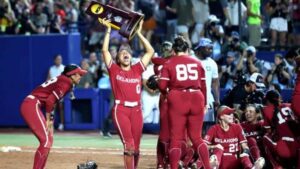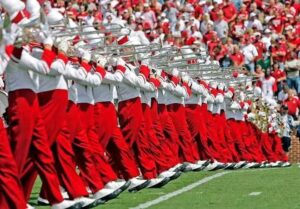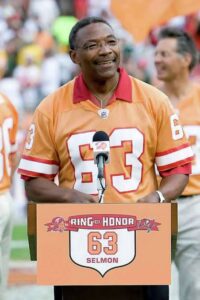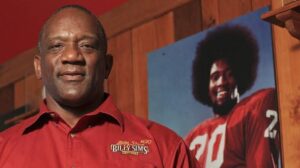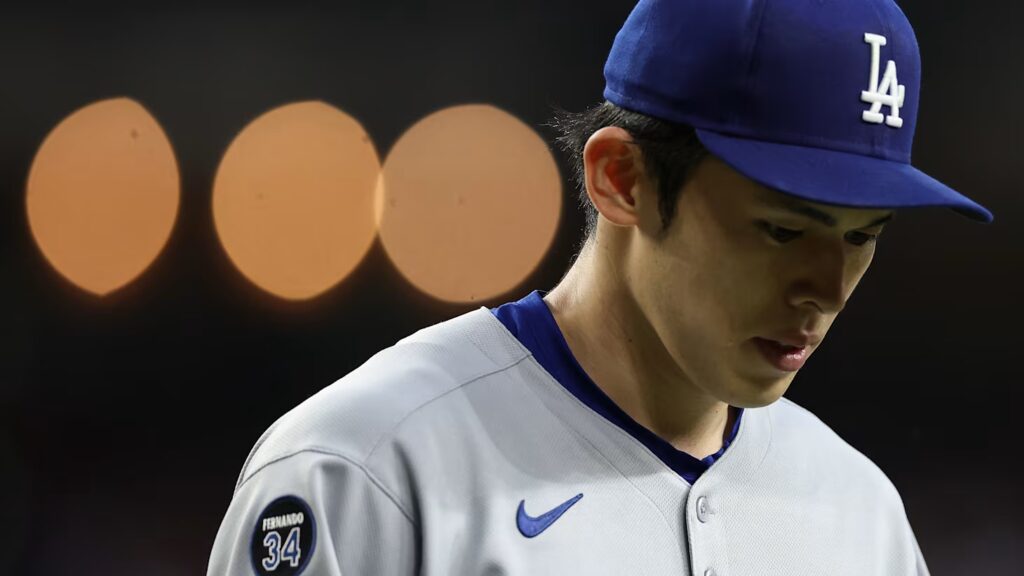
Roki Sasaki Lands on Injured List: A Detailed Analysis of His Shoulder Impingement Injury and What It Means for the Los Angeles Dodgers
Introduction
The Los Angeles Dodgers have encountered a major setback in their pitching rotation with the announcement that Japanese pitching sensation Roki Sasaki has landed on the injured list (IL) with a shoulder impingement. Sasaki, one of the brightest young stars in the sport, was expected to be a pivotal part of the Dodgers’ pitching staff in the 2025 season. However, his shoulder injury casts a shadow over the team’s pitching depth and their hopes for another playoff run.
Injuries to star pitchers are never easy to digest for any organization, and Sasaki’s injury comes at a critical juncture for the Dodgers, who have positioned themselves as perennial contenders in the National League. This article will delve into Roki Sasaki’s injury, his rise to prominence, the nature of shoulder impingement injuries, and how the Dodgers will cope with this setback.
Before analyzing the specifics of his injury, it’s essential to understand who Roki Sasaki is and why his signing with the Los Angeles Dodgers created such a stir.
Sasaki, a 23-year-old right-handed pitcher from Japan, made waves in Major League Baseball (MLB) circles due to his incredible pitching repertoire and a fastball that can touch triple digits with ease. Prior to his MLB debut, Sasaki was one of Japan’s most hyped pitchers, having achieved fame in Nippon Professional Baseball (NPB) with the Chiba Lotte Marines.
Sasaki’s performances in Japan drew comparisons to MLB legends, with analysts noting his poise, command of multiple pitches, and the sheer velocity of his fastball. His arrival in the MLB was highly anticipated, with the Dodgers securing his services after an intense bidding war. The Dodgers, known for their focus on international scouting and player development, saw in Sasaki the potential for a future ace who could complement their already impressive pitching staff.
His MLB debut was met with great excitement, and many considered Sasaki to be the next big thing in baseball. His first few outings lived up to the hype, as he displayed excellent command of his pitches and the ability to overpower hitters with his fastball. Sasaki’s potential as a top-of-the-rotation starter was undeniable, and the Dodgers’ investment seemed poised to pay off handsomely.
Now that we have an understanding of who Sasaki is, it’s important to explore the nature of his injury: a shoulder impingement. This type of injury is common among pitchers, particularly those who rely heavily on their arm strength and mechanics.
A shoulder impingement occurs when the tendons or bursa (the cushioning fluid-filled sacs in the joint) in the shoulder are compressed or pinched as the arm moves, causing pain and limiting mobility. The impingement often results from inflammation in the rotator cuff tendons or the bursa, and it can be caused by repetitive overhead motions, poor mechanics, or simply overuse.
For pitchers like Sasaki, who repeatedly subject their shoulders to high-stress throwing motions, a shoulder impingement is a real concern. Over time, the wear and tear on the shoulder joint can lead to a reduction in the range of motion, increased pain, and a higher risk of further injuries, such as tendon tears or rotator cuff issues.
In Sasaki’s case, the shoulder impingement is likely a result of a combination of factors, including his intense throwing motion and perhaps a bit of bad luck. While the specifics of his injury will be closely monitored by the Dodgers’ medical staff, shoulder impingements are generally treated with rest, physical therapy, and in some cases, injections to reduce inflammation. However, recovery times can vary, and it’s not unusual for pitchers to miss several weeks or even months while recovering from this type of injury.
Roki Sasaki’s injury represents a significant blow to the Dodgers’ pitching staff, especially given the expectations placed on him heading into the season. The 2025 MLB season was shaping up to be a promising one for the Dodgers, with a strong rotation featuring Clayton Kershaw, Julio Urías, and Walker Buehler, along with the young phenom Sasaki.
Without Sasaki, the Dodgers’ pitching depth takes a substantial hit. The team now faces a challenge of filling the void in their rotation, particularly in the back end where Sasaki was expected to slot in as a number-three or number-four starter. While the Dodgers have a number of talented pitchers on their roster, none of them bring the same combination of power and promise that Sasaki does.
This injury also comes at a time when the Dodgers are looking to solidify their spot at the top of the National League standings. With teams like the Atlanta Braves, New York Mets, and San Diego Padres in the mix, every game and every series matters. A loss of a key pitcher, particularly one with the potential of Sasaki, could have long-term consequences for the team’s playoff aspirations.
With Sasaki sidelined, the Dodgers have several options for how to fill the gap in their starting rotation. The team could turn to one of their experienced pitchers, or they might look to give a younger arm an opportunity to shine.
- Internal Options:
- Michael Grove: Grove has shown promise as a fill-in starter and could be the most likely candidate to take Sasaki’s spot in the rotation. While Grove is not the same caliber of pitcher as Sasaki, his ability to eat innings and provide a steady presence could be valuable.
- Tony Gonsolin: Another possible replacement is Tony Gonsolin, who has been a reliable option for the Dodgers in recent seasons. Gonsolin has the ability to get ground balls and limit damage, but he hasn’t been as dominant as Sasaki, especially when it comes to overpowering hitters with high velocity.
- Bobby Miller: One of the Dodgers’ top prospects, Bobby Miller, could also be a potential fill-in. Miller’s fastball and electric stuff have drawn comparisons to other top MLB pitchers, and the team could see this as an opportunity to give him more experience in a starting role.
- The Dodgers could also explore external options via trade or free agency, especially if Sasaki’s injury is expected to sideline him for an extended period. Given the Dodgers’ financial flexibility, they could make a move for a veteran starter, whether it be a rental or someone with longer-term potential.
- Trade rumors have already swirled around potential targets, with names like Lucas Giolito and Shane Bieber being mentioned as potential trade candidates. However, acquiring a top-tier starter midseason typically comes at a steep price, so the Dodgers would have to weigh the cost against the expected recovery timeline for Sasaki.
While the immediate impact of Sasaki’s injury is concerning, it’s important to consider the long-term outlook for the pitcher. Shoulder injuries, especially those involving impingement, can be tricky for athletes, particularly pitchers who rely on precise mechanics and arm strength. However, with the advanced medical and rehabilitation resources available to major league teams, many pitchers are able to return to form after such injuries.
Sasaki’s rehabilitation will likely involve a combination of rest, physical therapy, and strength-building exercises designed to improve shoulder stability and mobility. It’s also possible that the Dodgers’ medical team may employ platelet-rich plasma (PRP) injections or other advanced treatments to speed up the healing process.
Given Sasaki’s age and the significant upside he possesses, the Dodgers will likely be cautious in their approach to his recovery. The team would rather lose him for a portion of the season than risk a more serious, long-term injury by rushing him back too quickly.
Roki Sasaki’s shoulder impingement injury has cast a shadow over the Los Angeles Dodgers’ 2025 season, leaving fans and analysts alike wondering how the team will cope without one of the most promising young pitchers in baseball. While the injury is undoubtedly a blow, the Dodgers have depth and flexibility within their rotation, which will help them navigate this setback.
Sasaki’s long-term outlook remains positive, as shoulder impingements can often be managed effectively with proper treatment and rest. However, his recovery will be crucial not only for his own career but for the Dodgers’ championship aspirations. As the season progresses, the team will need to lean on their other pitchers to pick up the slack, but there is hope that Sasaki will return to his dominant form in the future.
For now, the Dodgers must focus on getting through the season without their Japanese ace, but the hope is that Sasaki’s injury will prove to be a temporary setback rather than a permanent one. With their strong roster and resilient mentality, the Dodgers will continue to fight for a spot at the top of the standings while waiting for Sasaki to make his return to the mound.
